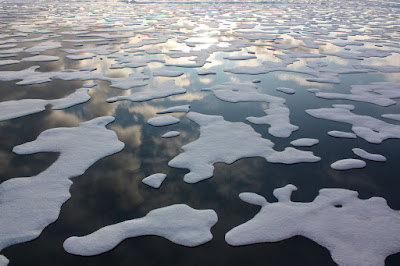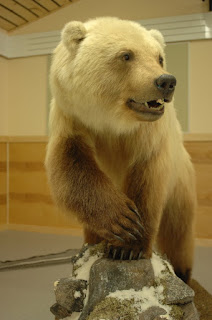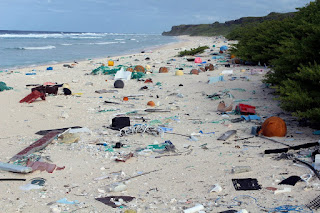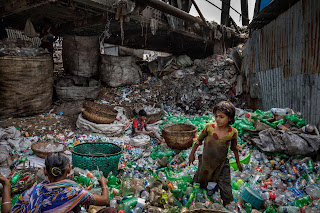Blog Entry #4

Title: Arctic Sea Ice At a Record Low Author: Catherine Jex Date: May 31, 2016 Source: ScienceNordic URL: http://sciencenordic.com/arctic-sea-ice-record-low The Arctic sea ice in 2016 was a record low and scientists were concerned about whether it would survive the melt season. The region had been warming up in the past decades and the recent spring, causing there was an unusual breakage of sea ice that may have only needed one wind event to set it off. The Arctic ice was breaking off and this event is not the first or last time the ice is going to break. As time progressed, more and more thick ice was melting, leave thin, or first year, ice that is less than two meters thick, which melts fairly quickly and absorbs more radiation into the water column, creating ice-albedo feedback. Scientists predict the Arctic could be ice free for a several months, causing disruption to several coastlines.


